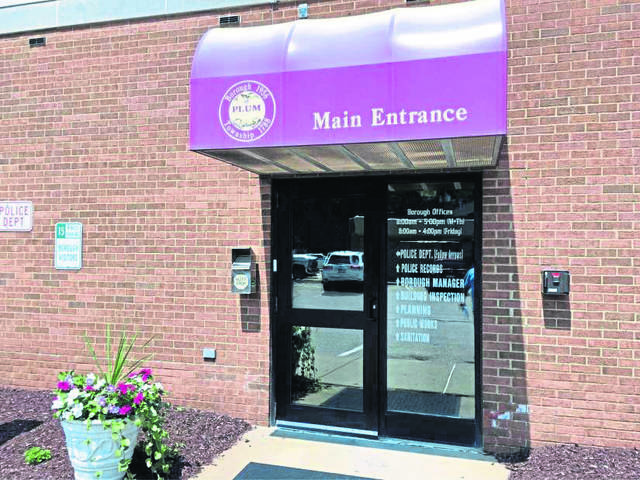https://staging.triblive.com/local/plum/plum-approves-agricultural-advisory-board-another-step-in-protecting-farmland/
Plum approves agricultural advisory board, another step in protecting farmland

Plum officials have taken another step toward protecting farmland and developing “agricultural security areas.”
An agricultural security area helps participating farmers in various ways including prohibiting municipalities from enacting laws or ordinances that would unreasonably restrict farm structures or farm practices within the ASA.
It also discourages condemnation of agricultural land through eminent domain, and there are additional reviews required of any proposed condemnation.
Plum consists of about 18,500 acres in all. It’s unclear how much of that is undeveloped land.
There are 26 properties on the agricultural security areas application posted to the borough’s website.
They represent about 1,040 acres.
Applications are still available at the borough office.
Council recently approved its ASA advisory board.
Members include council Vice President Dave Vento, and residents Robert Morrow, Phillip Miller, Theodora Tompa and Carlos Escalante.
The advisory committee is just one of several steps in developing an agricultural security areas.
“What we’re there to do is to check on the makeup of the ASA and to make sure we’re following the rules of the state,” Vento said. “Although it’s not new development in our community, I think it’s important to the community to respect the history, and Plum does have a history of farms. That’s where most of the housing plans are built now.”
At least the first few advisory board meetings are expected to be behind closed doors. It’s unclear if there would be a public session.
Vento said there are farmers and residents with significant land who do not want to change it into more development.
“A lot of people don’t want to do that or be pressured into that,” Vento said. “It’s another protection, and utility companies cannot come through their properties without their permission.
“They’re allowed to have their farms and work them as they see fit, within reason.”
The Agricultural Security Area program was established in 1981 through the state Department of Agriculture.
About 25 people in Plum have applied to be a part of the ASA.
Applicants must have a property of at least 10 acres or have an anticipated yearly gross income of at least $2,000 from agricultural production.
The applications are processed through the Allegheny County Conservation District and are reviewed by the Allegheny County and Plum planning commissions.
The land to be included must have soils conducive to agriculture and must be used for production of crops, livestock, livestock products, horticultural specialties and/or timber.
Jonathan Burgess, programs and policy director for the county conservation district, said he is excited about Plum’s possibilities now that the advisory board is formed.
“Glad that step worked its way through,” he said via email. “The board generally reviews ASA petitions and provides comments on the properties. They don’t make any binding decisions but are supposed to be a resource for the borough in assessing ASA petitions because they have some knowledge of land use and agriculture. They should review the proposal asap, and give any comments should they have them.”
A public hearing is scheduled for April 5 to discuss the formation of an ASA in Plum. Council may approve it in May.
Plum would join Fawn, West Deer, North Fayette, South Fayette, Findlay, Forward, Frazier, and several North Hills communities in having ASAs, should it be approved.
